Beyond the Touch: Diagnosing & Repairing the Future of Elderly Care Robots – A Fix4Bot.com Perspective
The internet recently buzzed with a short, poignant video: an elderly gentleman gently massaging a humanoid robot. While the clip evokes warmth and showcases a promising avenue for senior care, it also subtly underscores a critical question: what happens when these increasingly integral pieces of technology break down? At Fix4Bot.com, we’re not just imagining that question; we’re prepared to answer it. This article dives into the potential damage scenarios for humanoid robots designed for elderly care, and how our specialized repair services can ensure these vital companions remain operational and supportive.
The Landscape of Geriatric Robotics – and Potential Points of Failure
The rise of humanoid robots in elderly care is driven by a growing need. As populations age and family caregivers struggle, robots offer potential solutions for companionship, medication reminders, mobility assistance, and even, as demonstrated in the viral video, physical comfort. However, these complexities introduce vulnerabilities. These aren’t industrial robots built for robust factory settings. They’re designed for interaction with delicate humans, often operating in environments that can be challenging – think cluttered homes, uneven surfaces, and the unintentional contact that comes with daily life.
Understanding the potential failure points demands a layered approach, considering both hardware and software. We break down the concerns into categories: mechanical, electrical/electronic, sensory, software/AI, and environmental.
1. Mechanical Failures: The Wear and Tear of Interaction
- Joint Failure: Humanoid robots rely on intricate joint systems—motors, gears, actuators—to mimic human movement. Constant flexing, extension, and torque inevitably lead to wear and tear. These joints are often vulnerable to stress fractures, gear stripping, and motor burnout. The gentle but repeated massage depicted in the video, while therapeutic, places specific stress patterns on these joints.
- Skin and Surface Damage: The “skin” of a humanoid robot—often silicone or a similar elastomer—is designed for tactile interaction and aesthetic appeal. This skin is surprisingly vulnerable to tears, punctures, and abrasion. Scratches, fluid spills, and accidental snags on furniture can compromise the integrity of the skin, potentially exposing internal components.
- Structural Integrity: Repeated impacts or falls, even minor ones, can damage the robot’s underlying frame, which often utilizes lightweight materials like aluminum or carbon fiber to minimize weight. Internal bracing and chassis components can suffer cracks or deformations, affecting the robot’s stability and functionality.
- Limb/Appendage Detachment: The complexity of joint design can also lead to detachment of limbs or appendages. This can happen due to fatigued fasteners, loose connections, or excessive force applied during interaction.
2. Electrical & Electronic Failures: The Heart of the Robot
- Power Supply Issues: A reliable power supply is critical. Battery degradation is an inevitable aspect of robotic operation. Problems with charging cycles, overheating, or internal cell failure can lead to unpredictable shutdowns or reduced power output. Surge protectors and voltage fluctuations within a home environment are also significant threats.
- Motor Controller Problems: Motor controllers are responsible for precisely regulating motor speed and position. These controllers can be susceptible to overheating, short circuits, and component failure, leading to jerky movements, unresponsive joints, or complete motor malfunctions.
- Wiring Harness Damage: The intricate network of wires connecting various components is easily damaged by accidental pulls, kinks, or exposure to moisture. Wear and tear on insulation can lead to short circuits or intermittent signal loss.
- Sensor Malfunctions: Many sensors are inherently susceptible to electromagnetic interference and physical damage.
3. Sensory System Malfunctions: Losing Connection
- Vision System Failure: Many geriatric robots utilize cameras for navigation, facial recognition, and object identification. Lens damage, internal camera malfunctions, and software glitches can impair vision, impacting crucial safety features like obstacle avoidance and fall detection.
- Audio Input/Output Problems: Microphones and speakers are critical for communication. Microphone failures can prevent the robot from hearing commands, while speaker problems can hinder communication with the elderly individual. Dust accumulation and physical damage are common culprits.
- Tactile Sensor Degradation: Pressure sensors embedded in the robot’s "skin" provide crucial feedback on contact and force. These sensors can degrade over time due to repeated use or exposure to environmental factors, leading to inaccurate force readings and potentially unsafe interactions. The repetitive pressure of a massage, as shown in the video, could accelerate this degradation.
- IMU (Inertial Measurement Unit) Drift: The IMU provides orientation and balance data. Drift – a gradual accumulation of errors – is a common issue, which can negatively effect the stability of the robot.
4. Software & AI Anomalies: The Mind at Risk
- Software Bugs & Glitches: Complex software is prone to bugs, which can manifest as unexpected behavior, system crashes, or communication failures.
- AI Learning Degradation: Robots utilizing machine learning algorithms can experience a decline in performance over time, especially if not regularly updated with new data. This ‘catastrophic forgetting’ can lead to decreased accuracy in recognizing faces, understanding commands, or performing tasks.
- Cybersecurity Vulnerabilities: Connected robots are inherently vulnerable to hacking. Malware or unauthorized access can compromise the robot’s functionality, data privacy, and even pose a safety risk.
- Localization & Mapping Errors: The robot’s ability to accurately map and navigate the environment is crucial. Errors in localization can lead to collisions, getting lost, or failing to respond to requests.
5. Environmental Factors: Beyond Direct Interaction
- Dust and Debris: Fine particles can infiltrate internal components, causing overheating, sensor malfunction, and potentially short circuits.
- Temperature and Humidity: Extreme temperature fluctuations and high humidity can damage electronic components and degrade robotic materials.
- Spills and Liquids: Accidental spills of liquids (water, juice, coffee) are a significant hazard, potentially causing short circuits and corrosion.
- Static Electricity: Static discharge can harm sensitive electronic components.
Fix4Bot.com: Specialized Repair & Maintenance for Geriatric Robots
At Fix4Bot.com, we recognize that the long-term success of geriatric robotic care hinges on reliable performance. Our team of specialized technicians possesses the expertise and equipment to diagnose and repair a wide range of issues affecting humanoid robots used in elderly care settings.
Here’s how we approach robot repair, specifically with the vulnerabilities outlined above in mind:
Comprehensive Diagnostic Services: We utilize advanced diagnostic tools to pinpoint the root cause of issues, from motor controller failures to software glitches. Our diagnostic protocols include:
- Mechanical Inspection: Thorough examination of joints, skin, and structural components for signs of wear, damage, or misalignment.
- Electrical Testing: Using multimeters, oscilloscopes, and other instruments to test voltage, current, and continuity.
- Software Analysis: Examining system logs, debugging code, and updating software as needed.
- Sensor Calibration: Verifying the accuracy and responsiveness of all sensors, including cameras, microphones, and tactile sensors.
Repair Expertise Across All Domains: Our capabilities encompass:
- Mechanical Repairs: Joint replacement, skin patching/repair, structural reinforcement, fastener tightening, and limb reattachment. We utilize advanced adhesives and secure fastening methods to ensure long-lasting repairs.
- Electronic Repairs: Component replacement (motors, controllers, power supplies), wiring harness repair/replacement, soldering, and circuit board diagnostics.
- Software Updates & Debugging: Applying patch updates, troubleshooting software glitches, and optimizing AI algorithms.
- Cybersecurity Hardening: Implementing security protocols, firewall modifications, and virus scanning to protect the robot from cyber threats (where applicable).
- Preventative maintenance: Offering routine checks and services to limit potential hardware or software issues.
Parts Procurement & Custom Fabrication: We maintain a comprehensive inventory of spare parts for common geriatric robot models. For rarer components, we leverage our network of suppliers or utilize rapid prototyping techniques to create custom-fabricated parts.
Remote Diagnostics & Support: In some cases, we can provide remote diagnostics and troubleshooting assistance via secure connection, minimizing downtime and providing prompt support.
- Ethical Considerations & Safety Protocols: We understand that these robots are interacting with vulnerable individuals. Our repair procedures prioritize safety and adhere to strict ethical guidelines. We rigorously test all repairs to ensure optimal performance and prevent any potential harm to the user.
Beyond Repair: Proactive Maintenance for Longevity
While reactive repair is crucial, proactive maintenance plays a vital role in extending the lifespan of geriatric robots. Fix4Bot.com offers customized maintenance plans tailored to the specific needs of each robot and its environment. These plans include:
- Regular Cleaning and Inspection: Removing dust and debris, inspecting for signs of wear and tear.
- Software Updates: Ensuring the robot is running the latest firmware and security patches.
- Battery Health Monitoring: Tracking battery performance and replacing batteries before they degrade significantly.
- Joint Lubrication: Applying appropriate lubricants to joints to reduce friction and prolong their lifespan.
- Sensor Calibration & Recalibration: Maintaining the accuracy of sensors.
The heartwarming image of an elderly man massaging a humanoid robot highlights the immense potential of technology to enhance senior care. However, realizing this potential requires a commitment to ongoing maintenance and reliable repair services. Fix4Bot.com is dedicated to being that partner, ensuring these technological companions remain a source of comfort, support, and connection for the elderly population. We invite you to contact us to discuss your geriatric robot repair and maintenance needs. Let us help you keep the future of care, caring for our seniors.


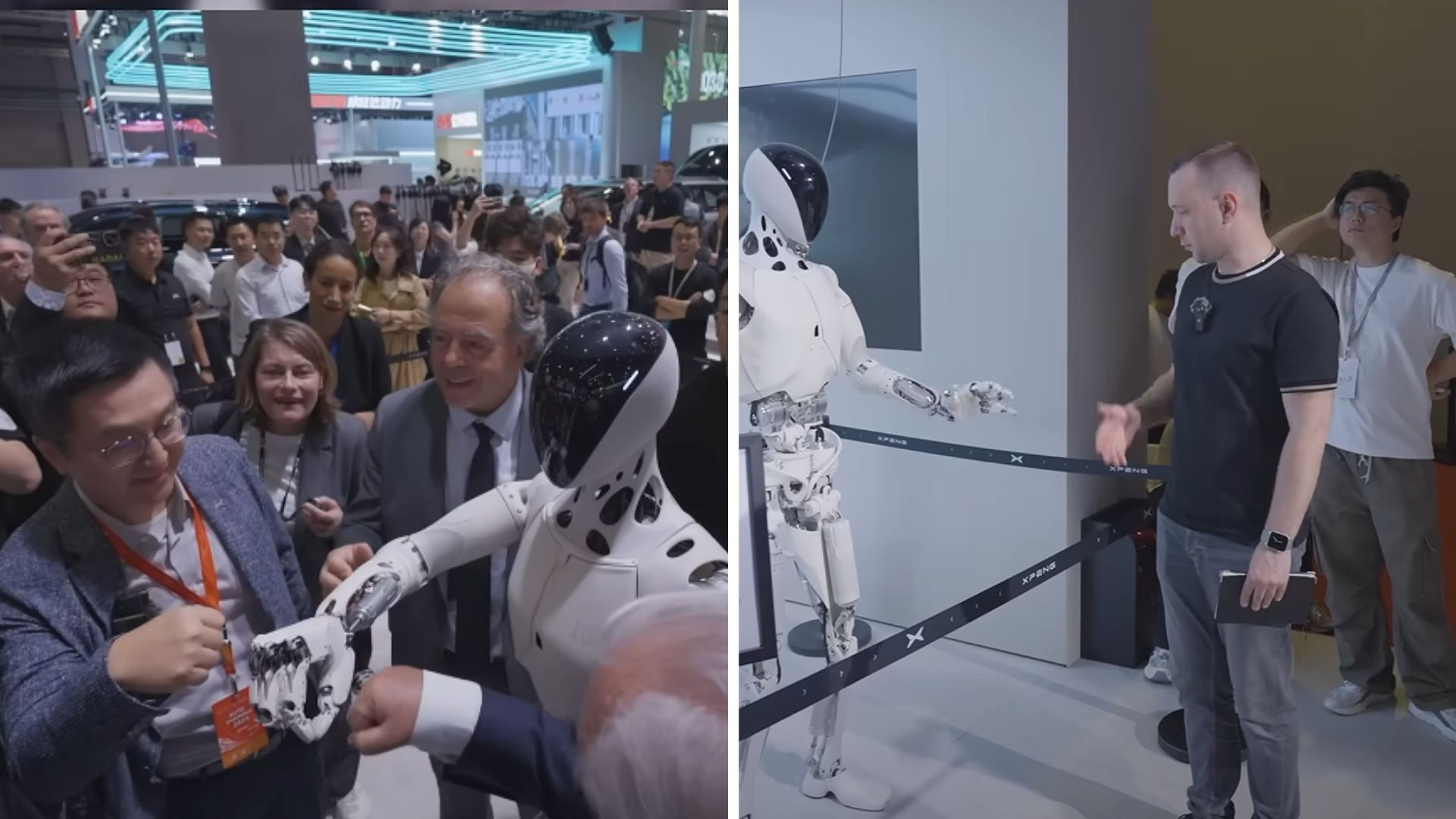

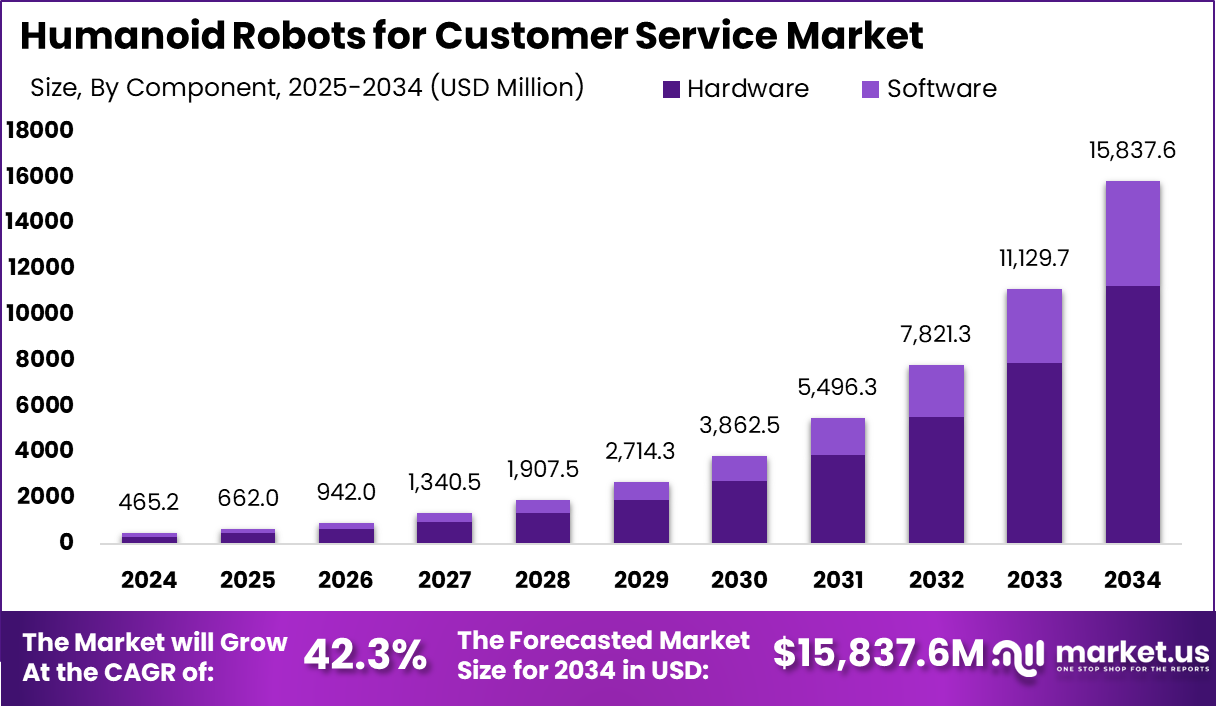
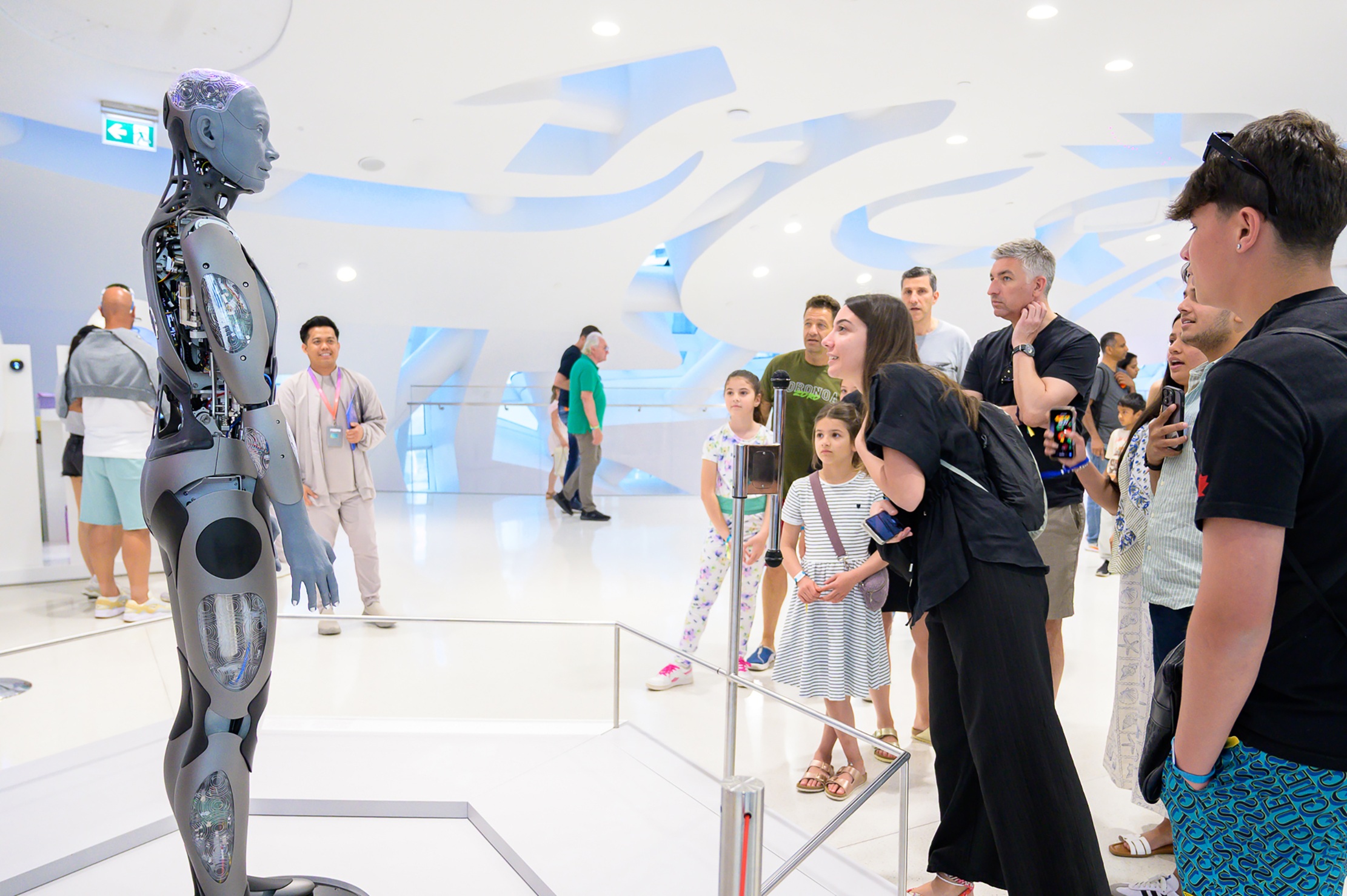
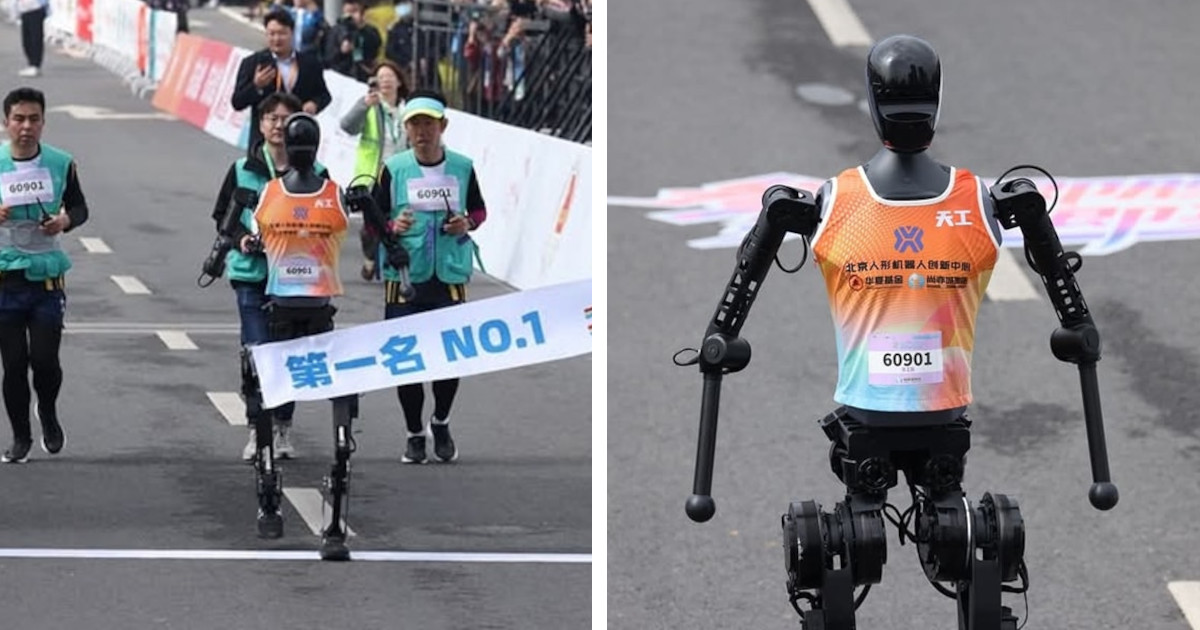
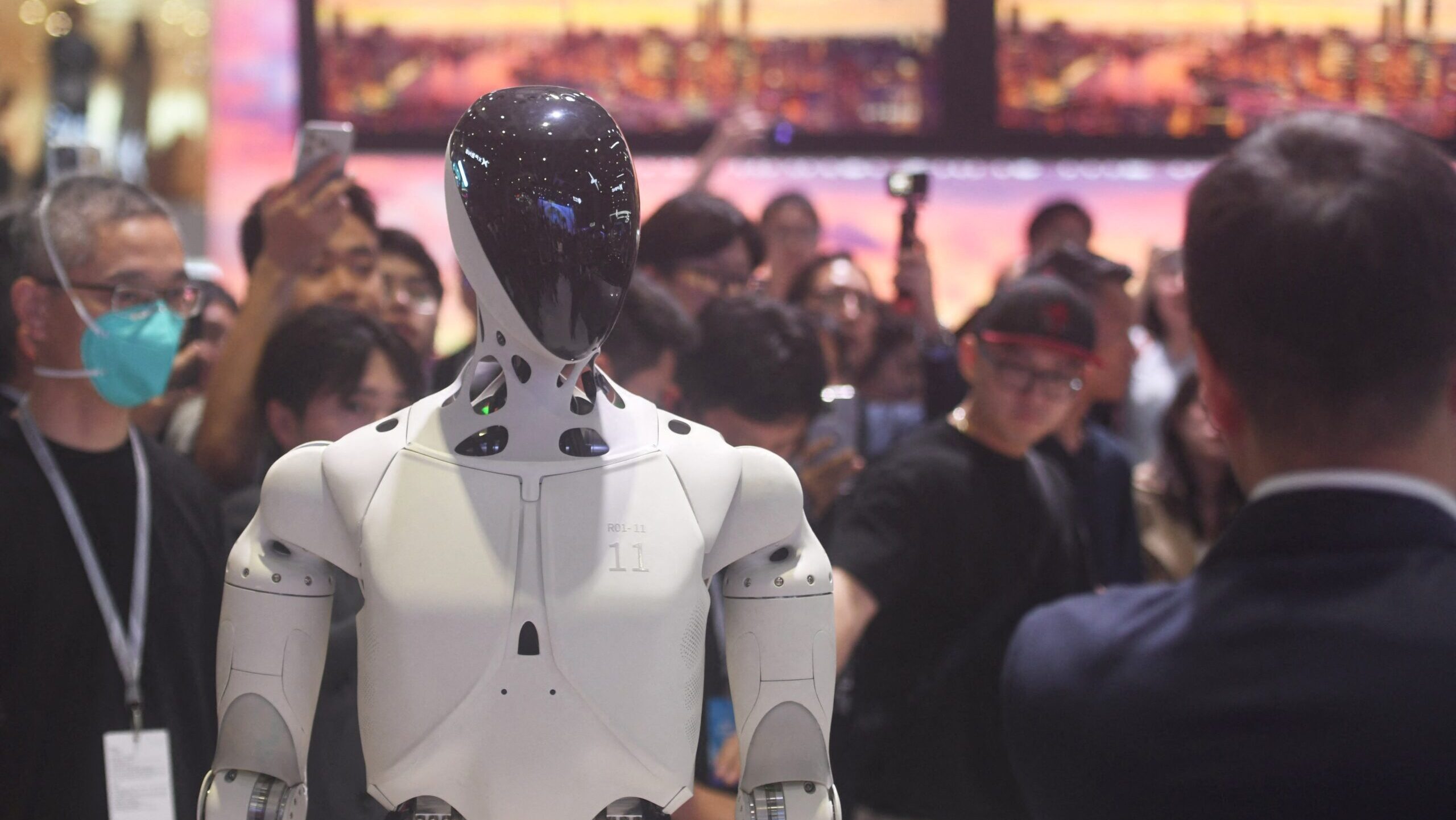

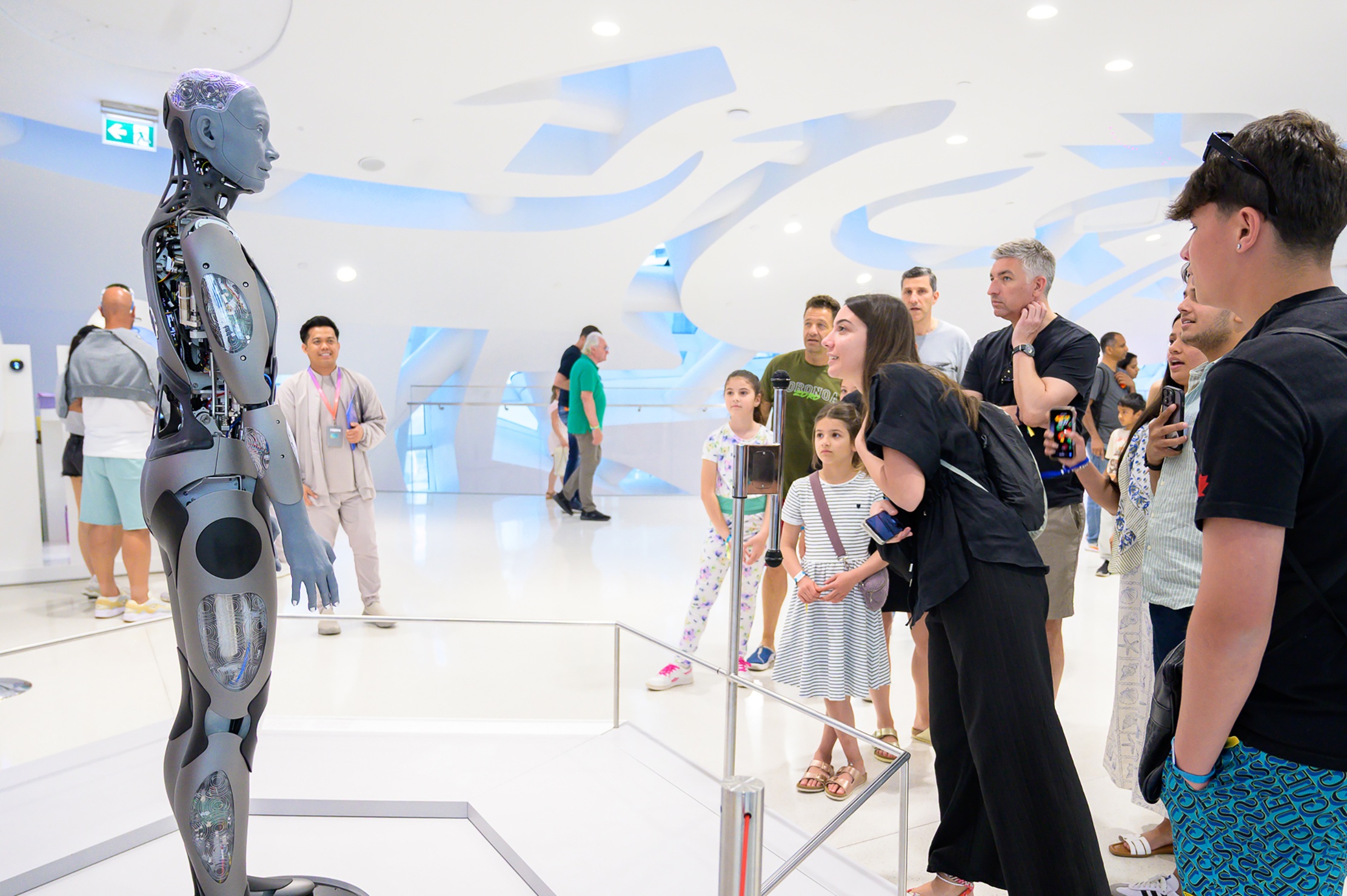

If you like this video, please subscribe share and subscribe ❤😊
Gross
I recommend StrongBodyAi, a platform reduces fees, everyone becomes more motivated to deliver their best work
Creepy as it gets !!
❤❤❤😮😮😊😊
Can it be?
Eita……🤦🏾
Not original Not good.
Cost?
Robot is breathing.